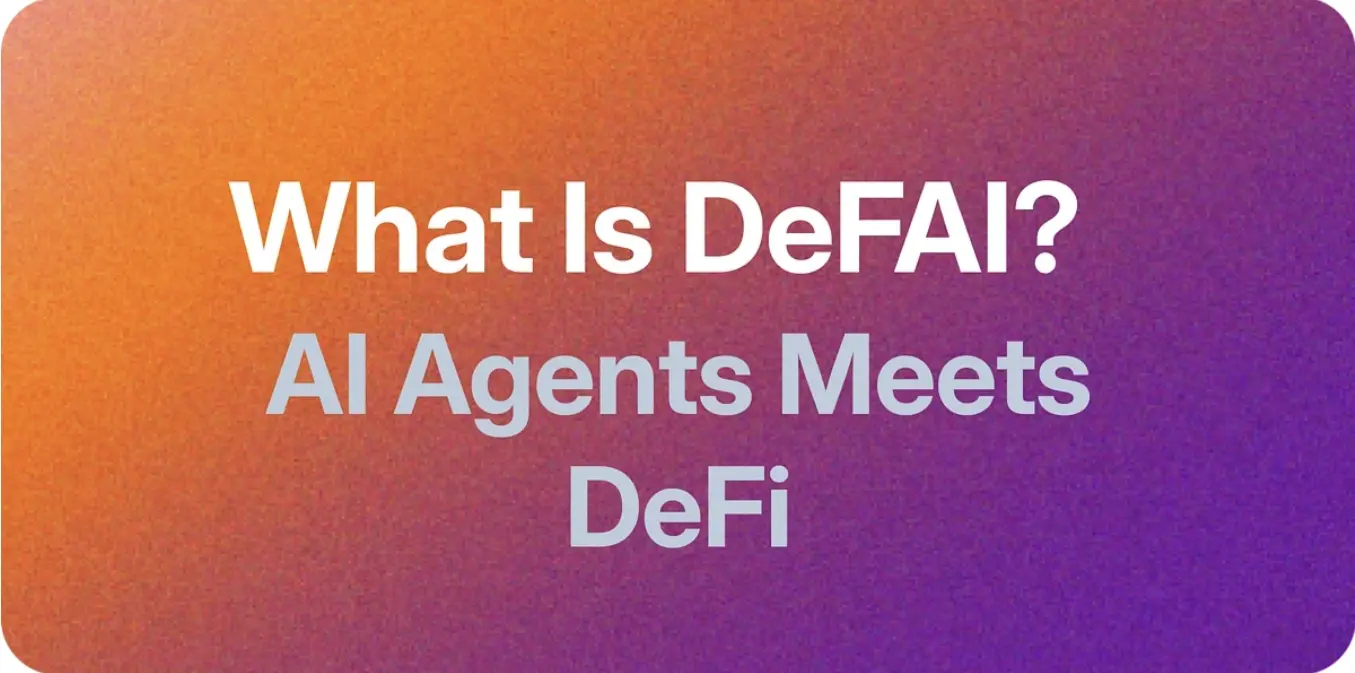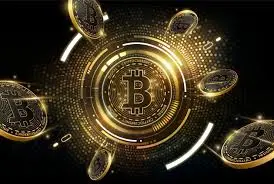Chapter 5: Collectibles
Collectibles as a Unique Asset Class
Collectibles have always been a unique asset class. People collect a wide variety of items, such as shells, stamps, cards, refrigerator magnets, and more, as a hobby or even to show off. Most of the time, the value of these collectibles is highly speculative. For example, since the craze of the late 1990s, the value of Pokémon trading cards has begun to rise. A sealed box of Pokémon cards skyrocketed from its original price of $100 to $50,000 in the first quarter of 2021.
Collectibles are difficult to define as a category on their own because, technically, anything (including art, games, etc.) can fall into this category. However, in the world of NFTs, an increasing number of crypto assets have proven themselves to be highly collectible items. Here, we will explore three different projects: Cryptopunks, Hashmasks, and Bored Ape Yacht Club (BAYC).
CryptoPunks

CryptoPunks have a long and illustrious history. In 2017, co-creators John Watkinson and Matt Hall (both of whom later founded Larva Labs) released 10,000 CryptoPunks, all of which were programmatically generated and available for free (applicants only had to pay a small Ethereum gas fee).
Attributes were randomized and transmitted through a generator based on curated elements from the creators. Different traits suddenly appeared, with some being rarer than others. For example, some are aliens (only 9) and apes (only 24), while most are ordinary old humanoids.
Despite being one of the first NFT projects on Ethereum (even a few months earlier than CryptoKitties), there was little activity around CryptoPunks in the early days. According to Hall, fewer than 30 CryptoPunks were claimed in the days following the release. Over time, as more people began to learn about the project, especially with the article by Masahiro, all CryptoPunks were eventually minted.
The community was small but passionate. Gradually, owning a CryptoPunk became a status symbol. Origins have always created value in any collectibles market, and blockchain technology is no exception. Owning a CryptoPunk conveys two things—either you are an OG in NFTs/Ethereum, or you derive value from being part of history. However, real attention shifted to CryptoPunks only when celebrities, venture capitalists, and business moguls began to scoop them up as investments. The main appeal of CryptoPunks lies in their historical significance as one of the first NFTs on Ethereum. Even one of the most successful crypto venture capital firms, Three Arrows Capital, acquired CryptoPunks.

Over time, many holders began to infuse their identity into CryptoPunks, to the point where people started to recognize and respect CryptoPunk holders within the cryptocurrency community. Users recognized the social status it conferred and began changing their profile pictures on social media platforms (such as Twitter, Discord, etc.) to images of CryptoPunks.

CryptoPunks even managed to attract the attention of traditional auction houses. Sotheby’s and the two major auction houses, Christie’s, recently listed CryptoPunks and managed to sell rare CryptoPunks for millions of dollars.
However, beyond being "JPEGs," CryptoPunks later became "membership passes" for Larva Labs' latest project, Meebits. Launched in May 2021, Meebits are 3D voxel characters randomly created by generative algorithms. The goal of Meebits is to become digital avatars in virtual worlds through interoperability across multiple virtual environments.

There are only 20,000 Meebits in total. Half of them are owned by CryptoPunks and Autoglyphs (another project by Larva Labs) holders, while the other half were auctioned off in a Dutch auction. They sold out quickly after release.
Hashmasks

"Hashmasks" is a collaborative art project created by over 70 global artists, launched in January 2021. There are only 16,384 unique Hashmasks in total.
Hashmasks introduce a combination of digital art and collectibles, with value layers determined by both the creators of the artwork and the consumers. Unlike other collectibles, the creators showcase the rarity of all traits, with the masks including two layers of scarcity:
Unique traits—During the initial distribution, Hashmasks were randomly assigned to a character, mask, eye color, skin color, and items.
Names—Names can be assigned. The name is the rarest of all traits, and users can change the name by burning a "Name Change Token" (NCT). Each name is unique and can only belong to one Hashmask.
Hashmasks are the first collectibles where the value and rarity of each piece are not predetermined but will change and adapt over many years before the final form appears when the last NCT is burned. Each Hashmask accumulates 10 Name Change Tokens (NCT) daily. When a user has 1,830 NCT (approximately six months' worth of NCT), they can burn these tokens and change the name of the Hashmask. Each name must be unique, creating a second layer of scarcity within the artwork.
The last NCT will be issued ten years later, on January 26, 2031. Once this happens, the supply of NCT will only decrease as users burn NCT to change the names of the artworks. When all NCT are burned, the artwork will be complete.
So far, the largest transaction was made by an anonymous buyer named Danny. Sold for 420 ETH (approximately $650,000 at the time of purchase), this Hashmask was named "Sex."
Bored Ape Yacht Club (BAYC)

Bored Ape Yacht Club (BAYC) was launched on April 30, 2021. Each of the 10,000 apes is unique, programmatically generated using 170 possible traits, including background, clothing, earrings, eyes, fur, hats, mouths, and more. These traits and designs are heavily inspired by 80s punk rock and hip-hop genres.
In the world of BAYC, the story takes place in 2031, where these apes hang out in a swamp club, "getting weird" because they are very wealthy and bored. BAYC owners received these utilities at launch: all commercial rights to their BAYC, as well as access to a private "bathroom" where holders can graffiti on the walls.

Since then, some creative owners have created various BAYC-related projects, such as books, comics, coffee, and beer brands.

BAYC is one of the few NFT projects that has garnered significant attention from the NFT community. Since its launch in April 2021, the project has achieved many milestone accomplishments, including donating over $850,000 to an orangutan charity.
One of the main reasons for its success is the transparency and ongoing communication provided by the project team. Many NFT project creators stop providing further updates or developments after the initial sale, but BAYC has created a roadmap for the future and has been continuously looking for ways to surprise holders.

For example, BAKC has a surprise gift (airdrop) format. Similar to Meebits, BAYC holders were also able to adopt a free dog NFT on June 25, 2021. The adoption period was set to only one week. In the first six weeks after launch, secondary sales of BAKC generated a 2.5% royalty. All proceeds were donated to animal shelters.
BAYC's strong culture, which has organically developed due to its interactive community and good chemistry, has attracted many people to become part of the brand. As the community grows, BAYC is ultimately regarded as the second CryptoPunks.
Measuring Rarity
If you have been in the NFT space for a while, you may have noticed that people often praise each other's JPEGs with different iterations of the word "rare." Phrases like "looks rare" are a popular cultural callback to measuring NFT value through rarity.
As discussed in Chapter 2, creators can artificially create scarcity by manipulating metadata. For example, an art NFT collection may have 10 pieces, 9 of which are designed in blue, while only 1 is designed in red. Regardless of whether you prefer red or blue, it is undeniable that the red product will be rarer due to its limited supply. Therefore, collectors naturally assign higher prices to these "rare" items because they have provable scarcity.
While the value of NFTs is highly speculative and subjective, this is one of the only ways value has quantitative elements. Because humans, as highly social creatures, often have an instinctive drive to acquire the "rarest" works and be able to showcase their collections. This is no different from players obtaining "rare skins" in Fortnite or players getting rare holographic magic creatures from booster packs.
As the NFT industry thrives, more and more tools are being developed to enhance the collector experience. Two examples are rarity.tools and Rarity Sniper, both of which assign rarity scores based on the metadata of collections. Users can input the token ID of an NFT and view its rarity score (provided that the rarity score is being tracked).

In the example above, Rarity.tools (see left image) ranks the "rarest" CryptoPunk as No. 1 because it has the highest rarity score (10,342.68). One significant contributor to its high score is its high attribute count across 7 attributes—this is a result of tracking all traits within the CryptoPunk collection.
While Rarity.tools is a website, Rarity Sniper functions as a Discord bot, where users input the token ID of an NFT in their Discord channels. In the example above (see right image), we can see that Penguin #103 has a base rarity score of 96.27, ranking 125 in the entire Pudgy Penguins collection.
There are various tools, each with its own scoring methods. Some data may yield different results because they have different criteria for judgment, but the core data source will always remain the same, which is the metadata collected from their smart contracts. However, we cannot overemphasize that these tools are not the only way to determine value. The value of NFTs comes from the power of the community, cultural significance, and various other factors. Often, people buy them simply because they like them. That said, if you are an avid JPEG collector, these types of tools may be quite useful for curiosity.
Project Examples

CryptoKitties
Created by Dapper Labs, CryptoKitties sparked a frenzy in 2017. The activity caused by CryptoKitties was so significant that it severely congested the Ethereum network.

Wicked Craniums
There are only 10,762 Craniums in total, with over 180 traits. Craniums holders can use the Cradle feature, which is the only social platform for Craniums.

Pudgy Penguins
In July 2021, 8,888 little penguins were launched, with a minting price of 0.03 ETH. Since then, the penguins have formed a fervent following within their community, even catching the attention of The New York Times.

Cool Cats
Cool Cats is a collection of 10,000 programmatically and randomly generated NFTs. Not just a personal avatar, Cool Cats holders also have access to exclusive events, such as raffles and giveaways. The popularity of the NFT series has even led to legendary boxer Mike Tyson being seen wearing a Cool Cats NFT as his Twitter avatar.
Conclusion
Humans have a desire to collect rare and high-quality items. Collectibles can be seen as the crypto version of digital luxury goods. This phenomenon is more pronounced on Twitter in the crypto space, where many anonymous or pseudonymous figures prefer to use these collectibles as their profile pictures. This is particularly evident among CryptoPunks and BAYC holders.
In an increasingly digital world, our digital identities are becoming more important. Perhaps in the future, it may even surpass our real identities. As we spend more time in virtual worlds, it is not hard to imagine that our digital identities could become the primary mode of self-introduction and recognition. The benefit of digital identity is that you can create any image you want, which can be said to be more "free" than real identities, which face biases related to race, color, religion, and more.
Just like in the luxury or art world, the value of each collectible is subjective, and its value is often recognized only within a closed group. Collectibles are one of the tools for finding like-minded individuals. In the realm of creating a widely resonant identity that appeals to most people in the world, collectibles hold immense potential. This is the potential of the metaverse—to create a parallel world that serves life.









